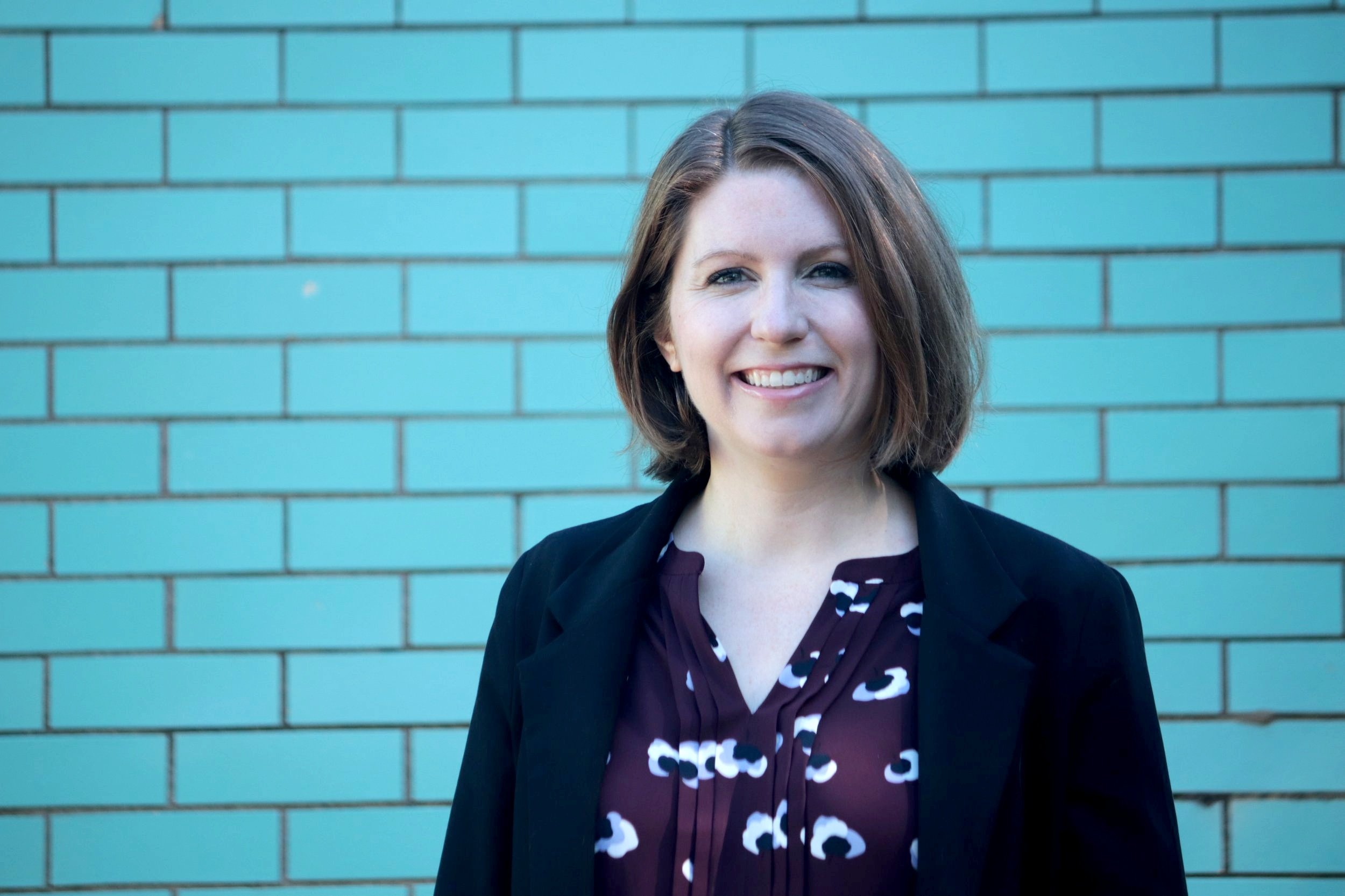Blog series: Seeing what’s hidden — Part 3
By Tricia Wright
executive director
Survival is a full-time job — the barriers youth face
There’s no single cause of youth homelessness — and no single system responsible for fixing it.
At the Minnesota Coalition for the Homeless Conference, we heard stories of resilience: young people working, studying, and showing up despite enormous challenges. Transportation gaps. Lack of access to vital documents like birth certificates or Social Security cards. Limited technology. All these barriers make it difficult to find or keep work. Add discrimination, mental-health challenges, and trauma, and the odds climb even higher.
One speaker said it plainly: “It’s hard to leave survival mode behind.”
At Onward, we know stability takes time. That’s why our aftercare model continues for up to two years after a resident moves out — helping them build consistency, manage responsibilities, and strengthen their support networks.
Ending youth homelessness isn’t just about providing housing. It’s about dismantling barriers and ensuring that young people — especially those historically excluded — have a fair chance to succeed.
This reflection is part of Onward’s five-part series, “Seeing what’s hidden—youth homelessness in Minnesota,” drawing from insights shared at the 2025 Minnesota Coalition for the Homeless Conference. Continue reading to explore how communities across Minnesota can see what’s hidden — and help young people find safety, stability, and belonging.
Read more from the series:
Part 1: The invisible crisis | Part 2: Creating safe spaces | Part 4: The power of belonging | Part 5: What you can do


